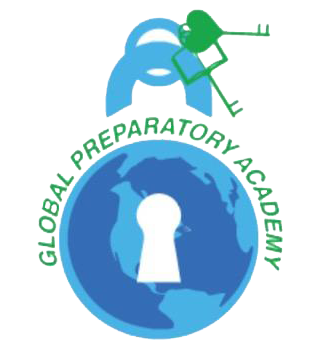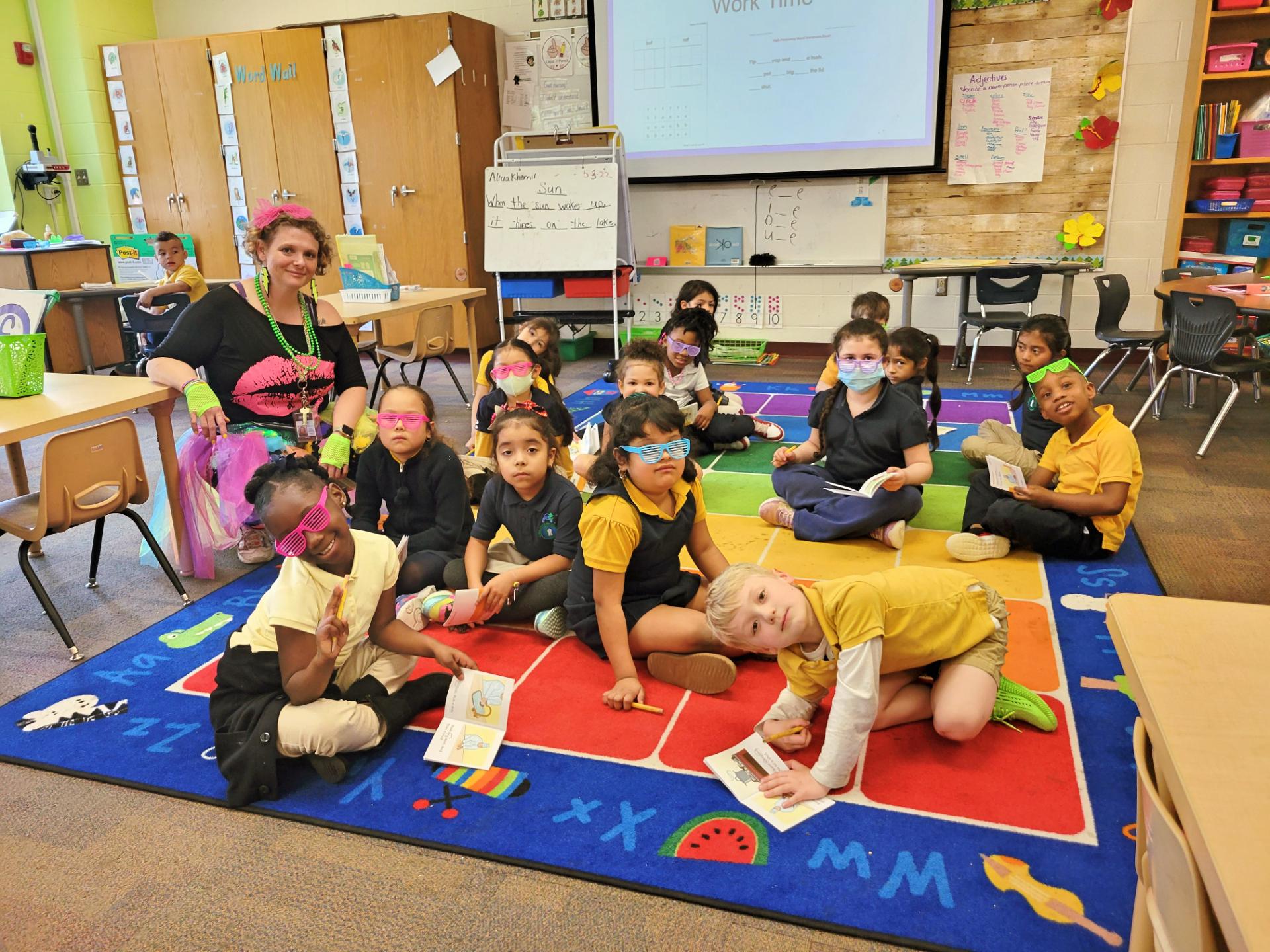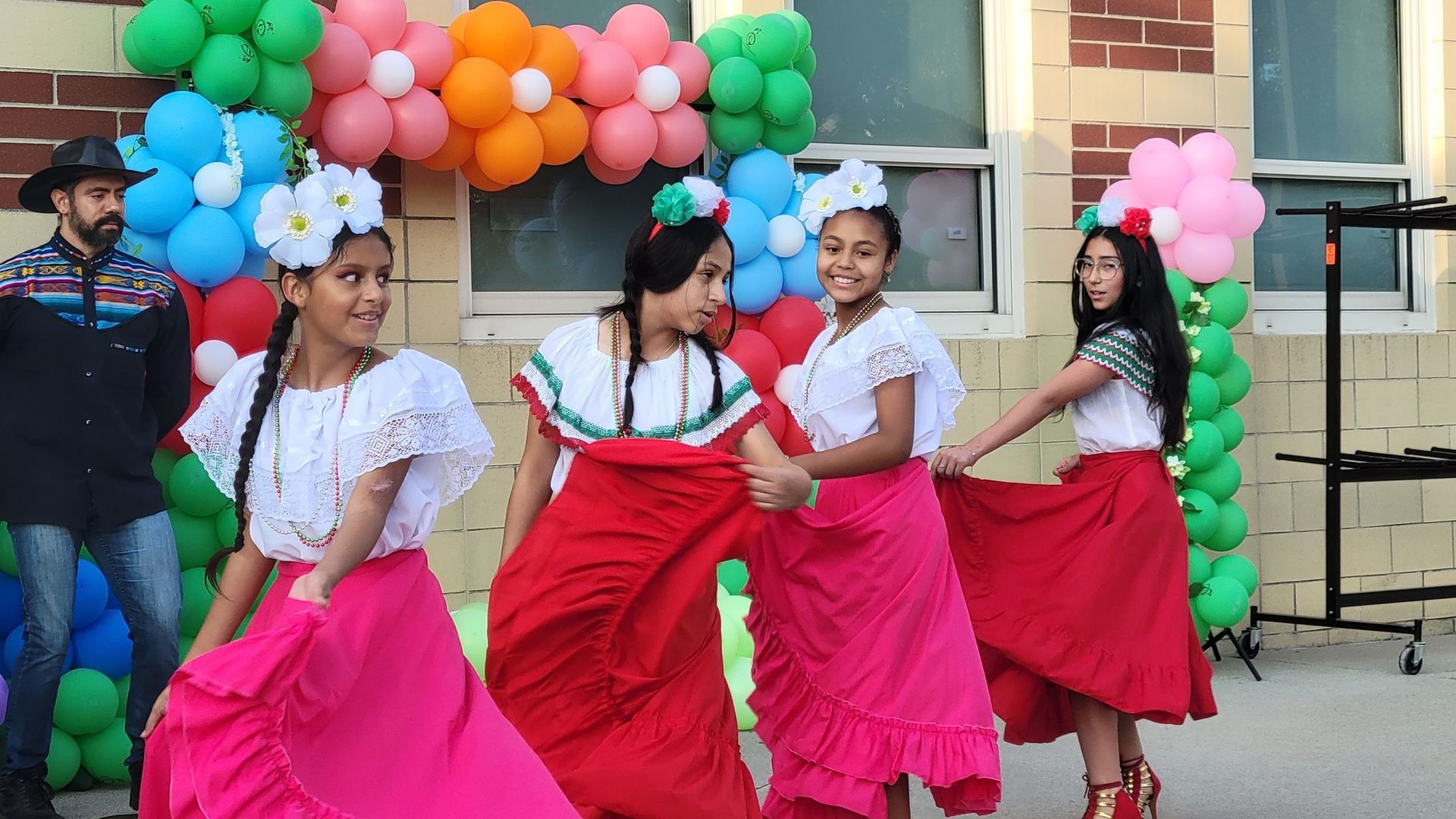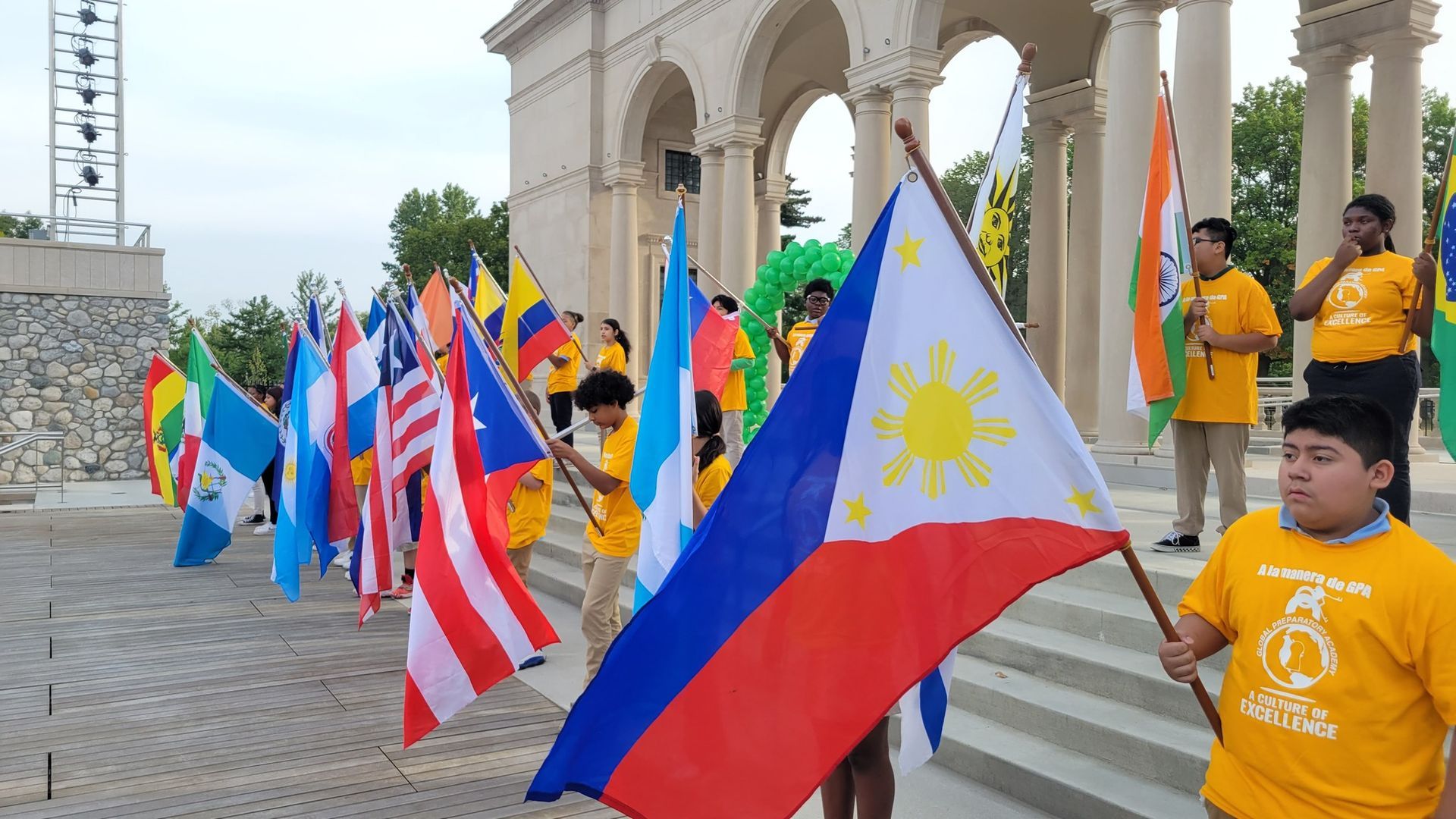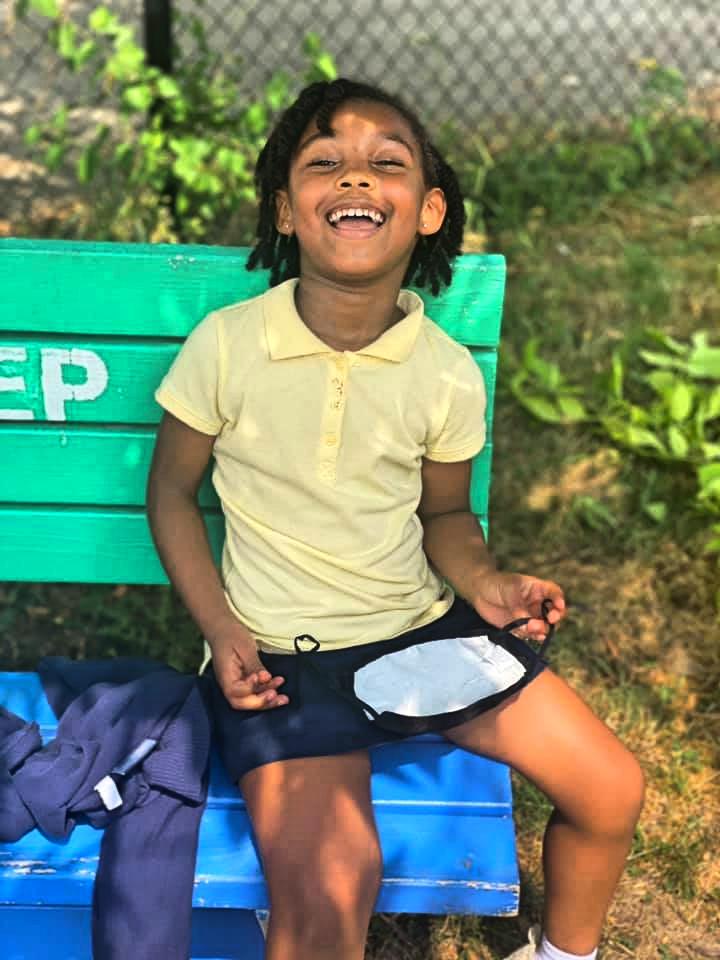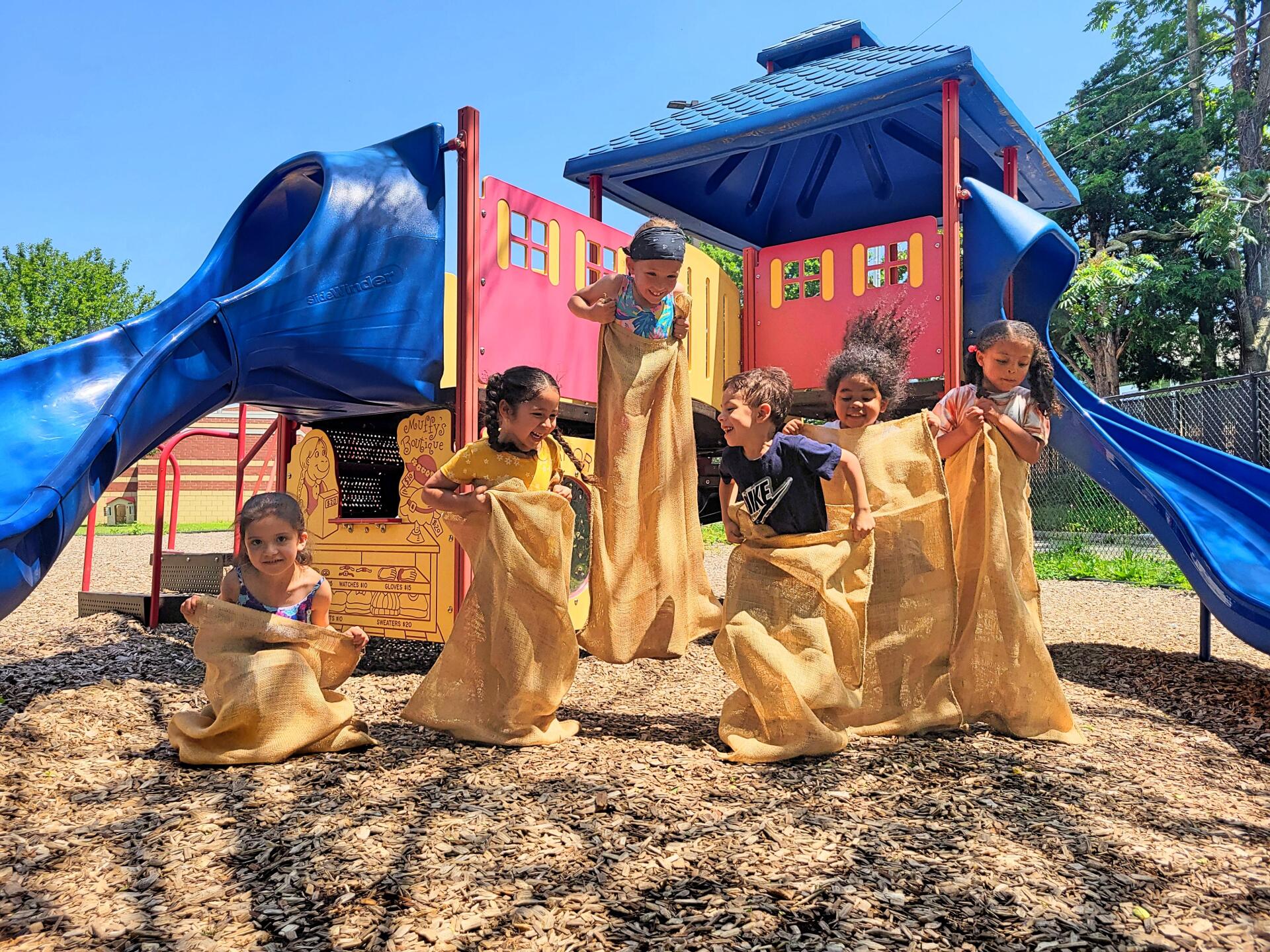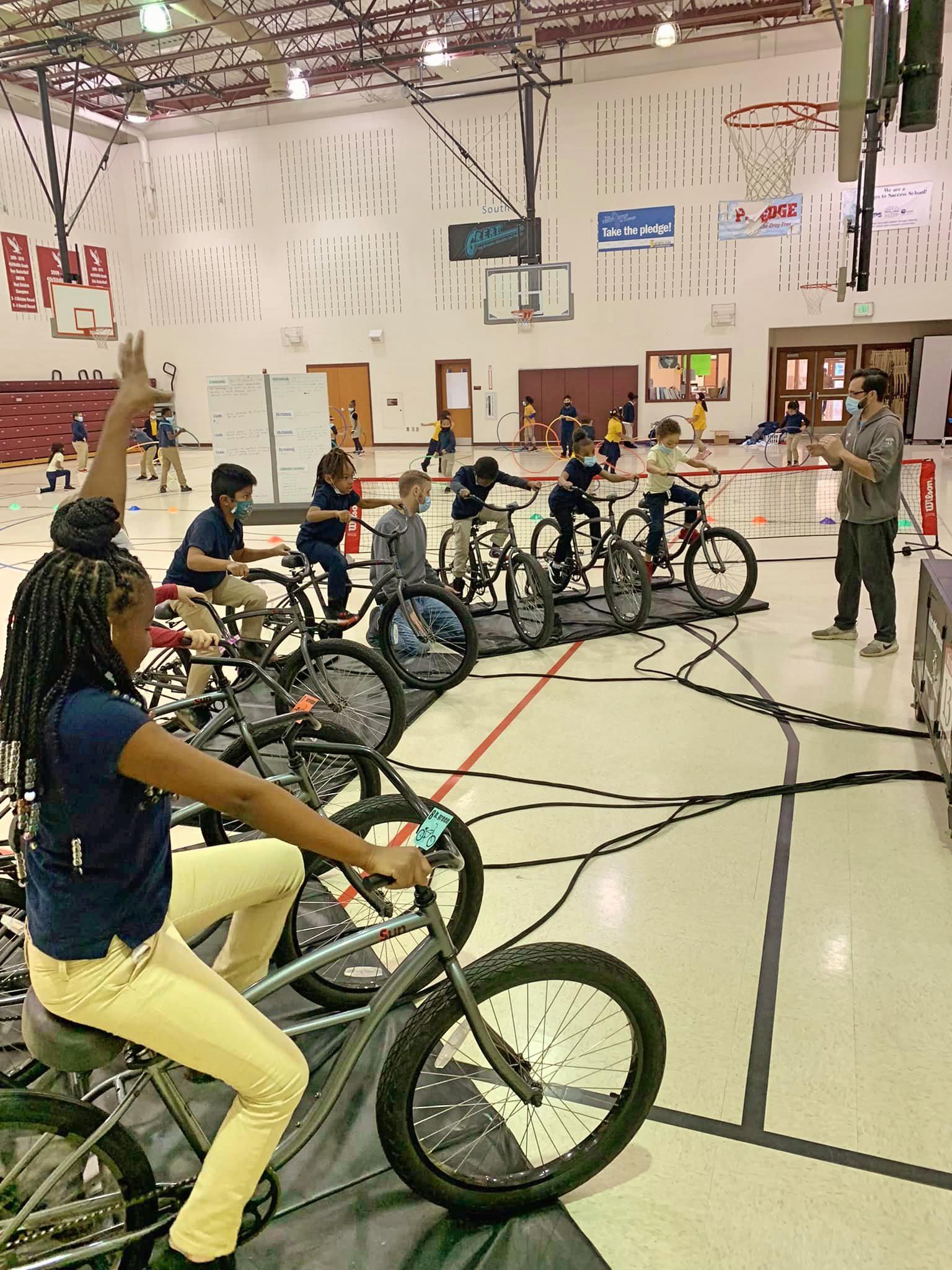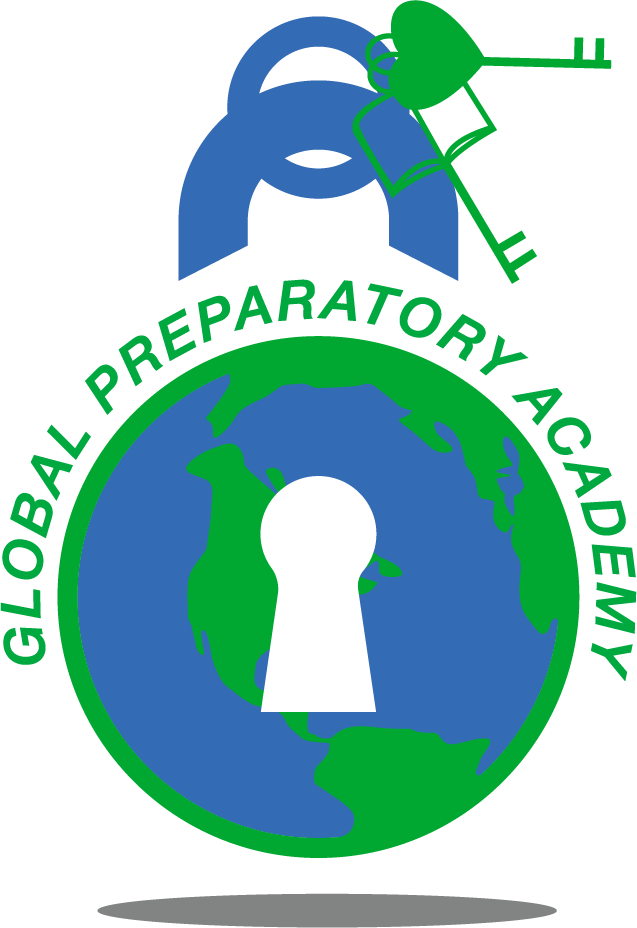THE BENEFITS OF A
Global Prep Education
What does it mean to be a GPA student?
Being a Global Preparatory Academy student means experiencing a unique and enriching educational journey. Global Prep Academy is a bilingual school that offers a distinctive dual-language program in both Spanish and English for students from Pre-K to 8th grade. As a Global Prep student, your student will have the unique opportunity to develop bilingual proficiency, cultural awareness, and academic excellence.
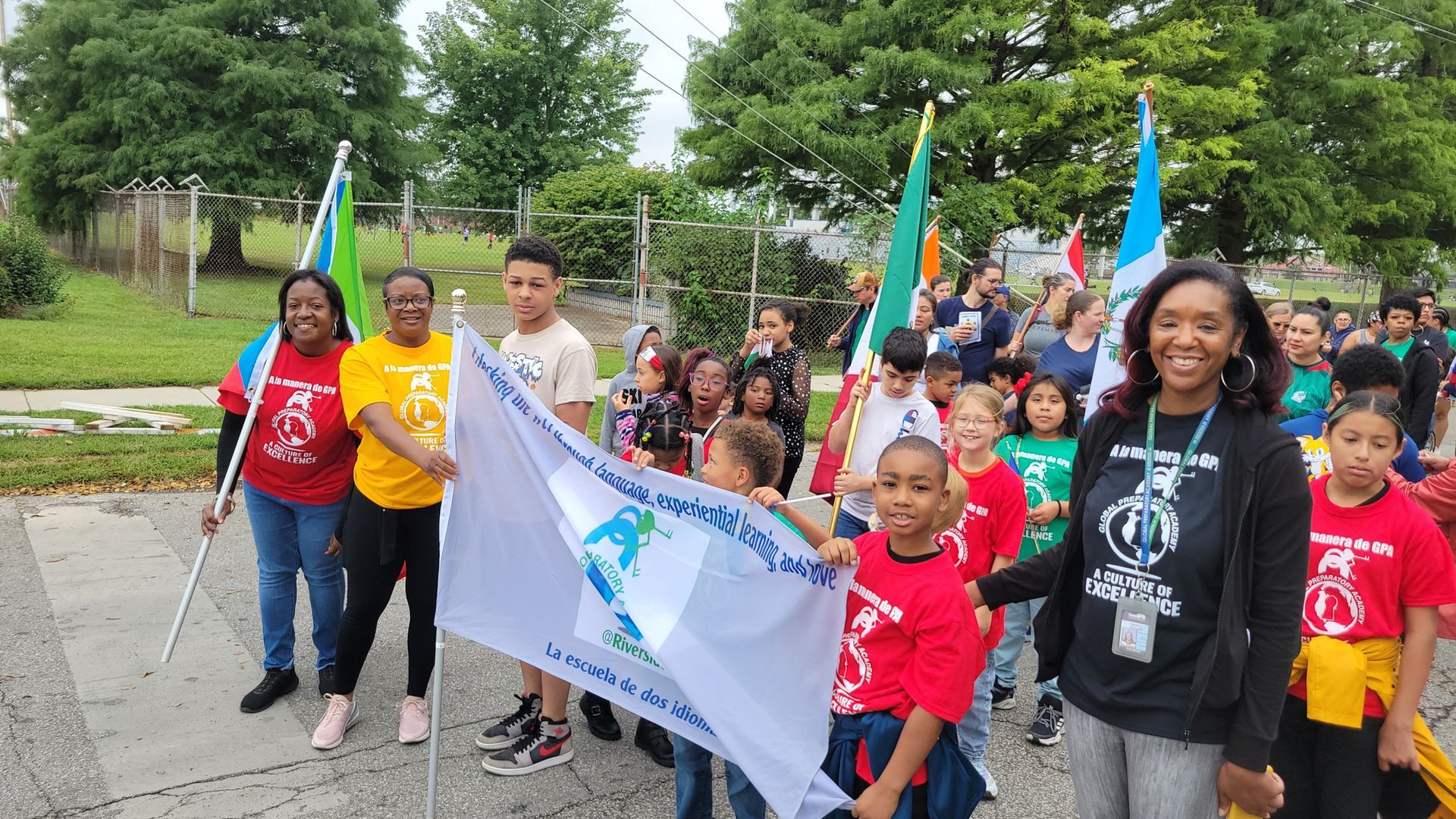
Cultural Appreciation
We believe in more than just language; we celebrate diversity and promote cultural awareness. Our students graduate with a profound appreciation for different traditions and perspectives, making them true global citizens.
Global Prep Facts & Figures
15:1
Student:Teacher Ratio
7
Field trips for every student offered each year!
17
17 Spanish Speaking Countries
Represented by GPA Staff Members
